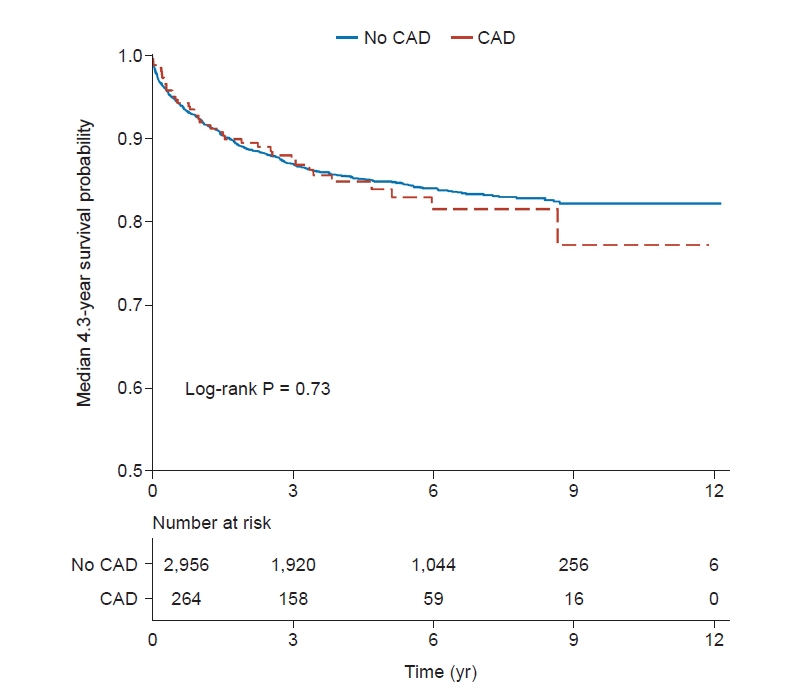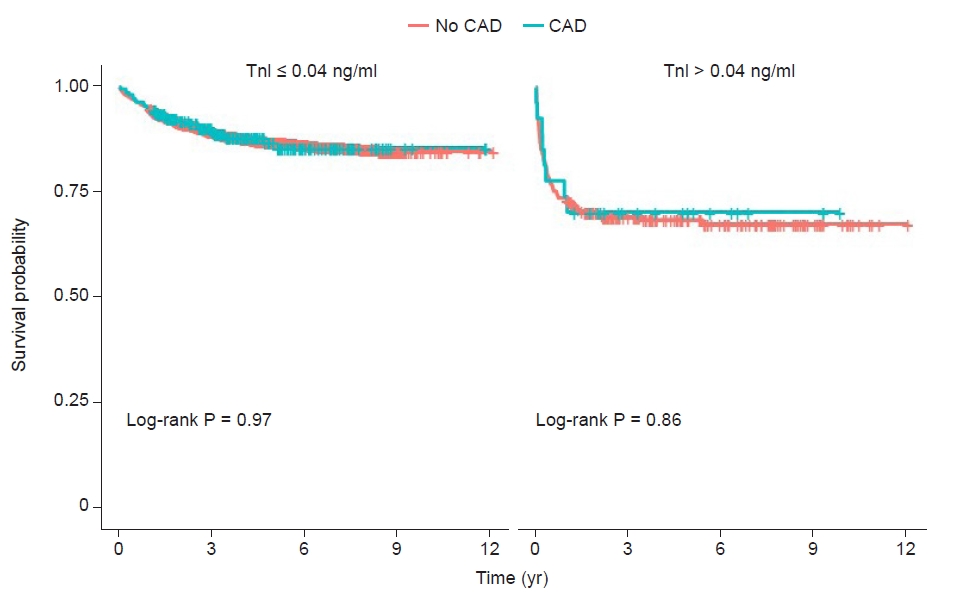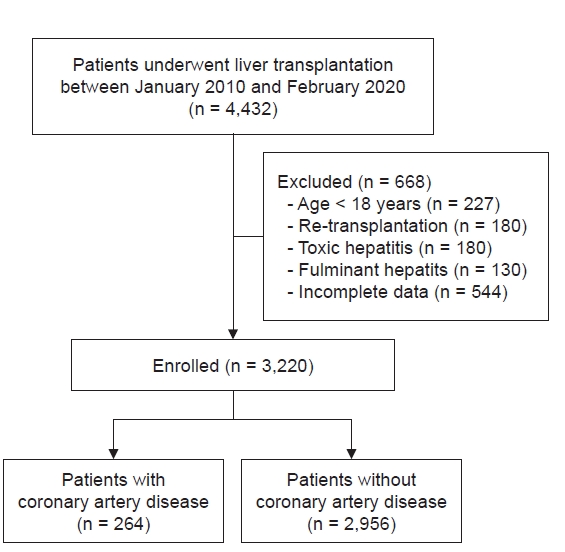 |
 |
- Search
| Anesth Pain Med > Volume 17(4); 2022 > Article |
|
Abstract
Background
Methods
Results
Notes
FUNDING
This research was supported partly by a grant from the Korea Health Technology R&D Project through the Korea Health Industry Development Institute, which is funded by the Ministry of Health & Welfare of the Republic of Korea (grant number: HI18C2383).
DATA AVAILABILITY STATEMENT
The datasets generated during and/or analyzed during the current study are available from the corresponding author on reasonable request.
AUTHOR CONTRIBUTIONS
Conceptualization: J Yang, Gyu-Sam Hwang. Data curation: Jae Hwan Kim, Ji-Woong Yang. Formal analysis: Gyu-Sam Hwang. Methodology: Jae Hwan Kim. Visualization: Hye-Mee Kwon, Ji-Woong Yang. Writing - original draft: Hye-Mee Kwon. Writing - review & editing: Gyu-Sam Hwang. Investigation: Ji-Woong Yang. Software: Hye-Mee Kwon. Supervision: Gyu-Sam Hwang.
Fig. 2.

Fig. 3.

Fig. 4.

Fig. 5.

Table 1.
REFERENCES
-
METRICS

-
- 0 Crossref
- 2,038 View
- 43 Download
- Related articles in Anesth Pain Med
-
Cause of postoperative mortality in patients with end-stage renal disease2022 April;17(2)
- ARTICLE & TOPICS
-
- Topics
-
- Neuroscience in anesthesiology and critical care
- Anesthetic Pharmacology
- Obstetric Anesthesia
- Pediatric Anesthesia
- Cardiothoracic and Vascular Anesthesia
- Transplantation Anesthesia
- Spinal Pain
- Regional Anesthesia
- Neuromuscular Physiology and Pharmacology
- Airway Management
- Geriatric anesthesia and Pain
- Others








